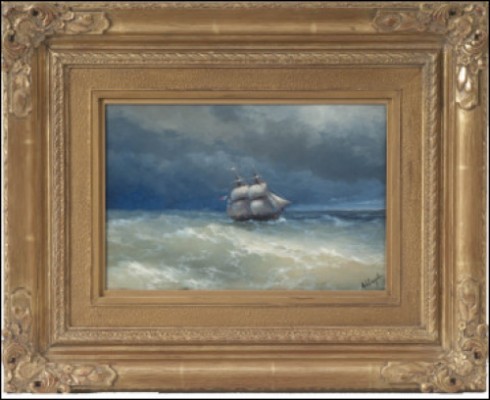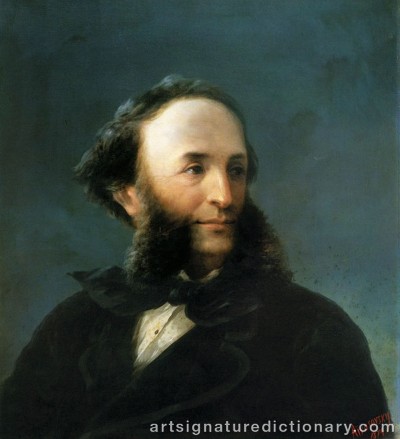
Ivan Konstantinovich AIVAZOVSKY
1817–1900, Armenia/Russia
Also known as: A, Aivazovski, Aivazowskij
Auction results
Browse authenticated auction records and market prices for artworks. These verified auction results provide valuable market data and price references.
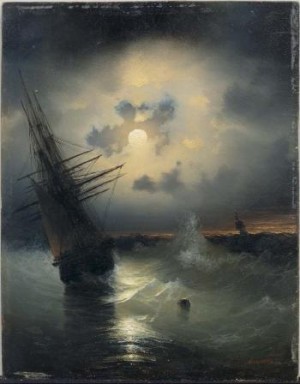
Segelschiff Auf Hoher See Bei Mondschein
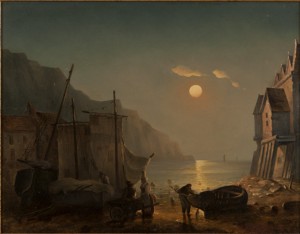
Figure Near A Skiff And Sailboat In A Coastal Village At Sunset (1839)
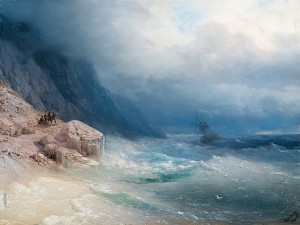
Storm At Sea (1881)
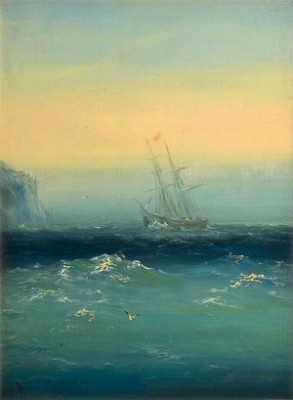
Morning Mist By The Shore

Moonlit Seaview (1887)
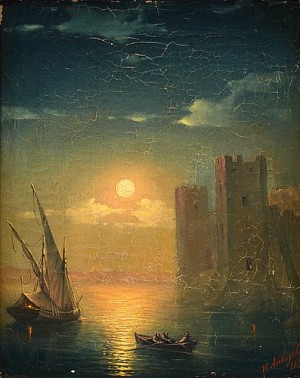
Evening Light Over The Fort (1848)
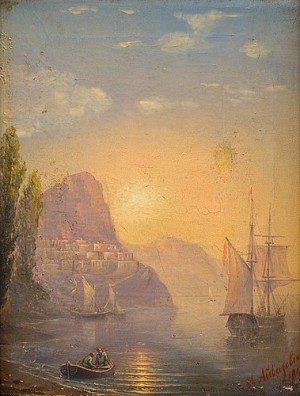
Costal Scene With Sunrise
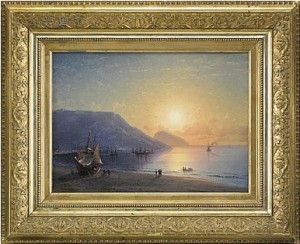
Yalta From The Beach, Ayu Dag Behind (1881)
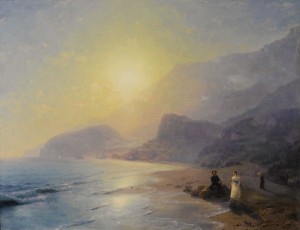
Pushkin At The Waters Edge (1886)
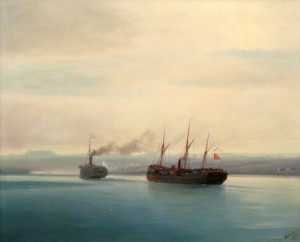
Capturing Of The Turkish Ship Mersina (1877)
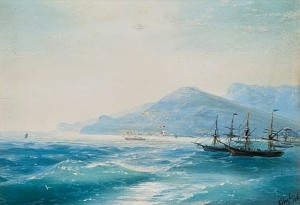
Ships Near The Coast (1886)
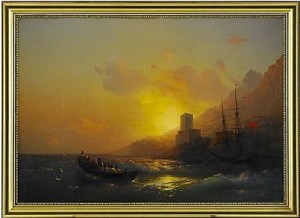
Sunset Over The Great Lavra - Mount Athos (1846)
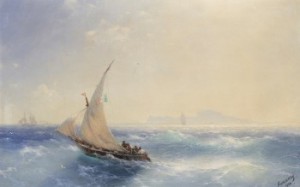
Shipping Off The Island Of Ischia (1894)
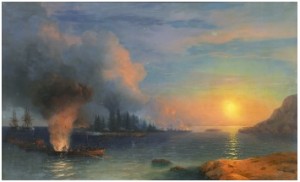
The Battle Of Bomarsund (1858)
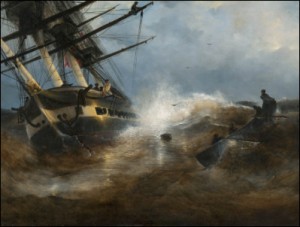
Frigate Aurora (1837)
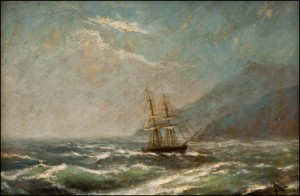
Stormy Waters
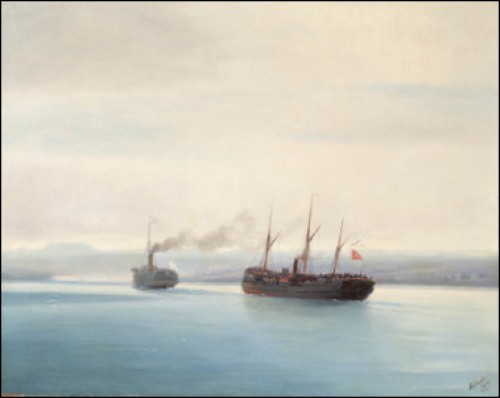
The Turkish Military Ship Mersina In The Black Sea On 13 December 1877 (Dec 1877)
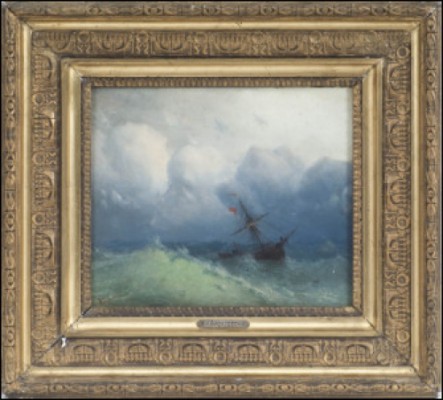
A Ship Caught In The Storm
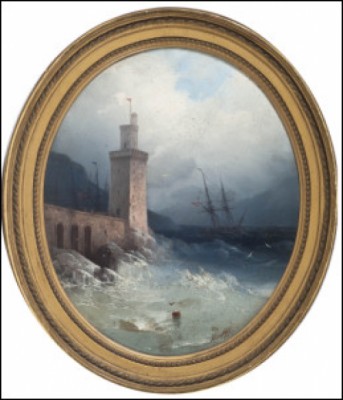
After The Storm
